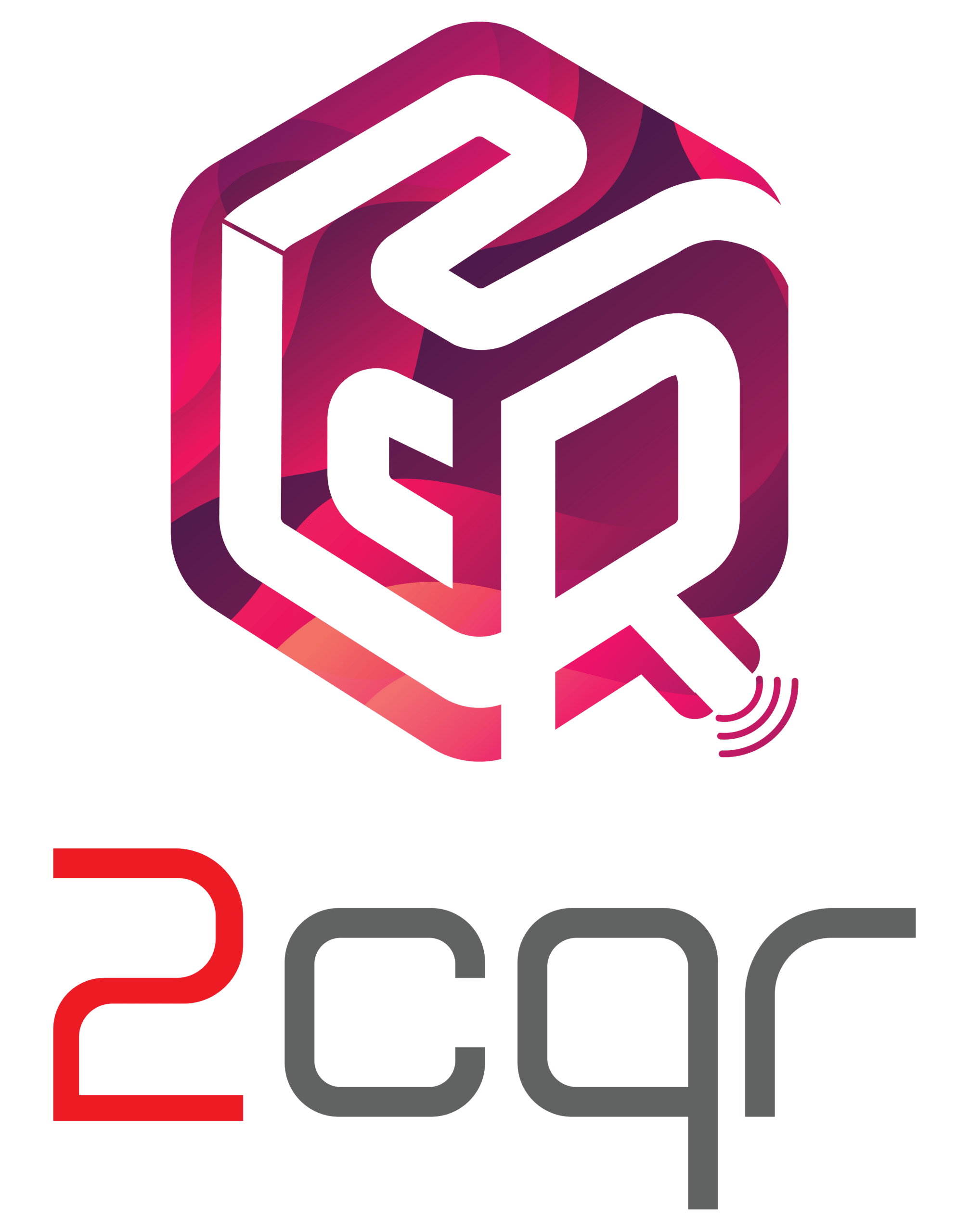Synergizing Integration of KOHA with RFID in Modern Libraries
The age-old image of libraries as quiet, dusty places has been rapidly replaced by innovative technologies that streamline operations and enhance user experiences. One such revolutionary synergy exists between KOHA, a robust open-source library management software, and Radio-Frequency Identification (RFID) technology. This article delves deep into the seamless integration of KOHA with RFID, exploring the advantages it brings to modern library management.
The Power of KOHA RFID Integration
Radio-Frequency Identification (RFID) technology has proven to be a game-changer for libraries worldwide. Its ability to uniquely identify items through radio waves has brought forth a range of applications that redefine traditional library management practices. The integration of RFID with KOHA, a comprehensive library management system, amplifies the capabilities of both, culminating in a harmonious partnership.
The KOHA-RFID Integration Process :
1. Tagging Items :
Each library item, whether it's a book, DVD, or any other resource, is affixed with a small RFID tag. This tag holds a unique identifier that corresponds to the item's record in the KOHA system.
2. Configuring KOHA :
In the KOHA system, specific configurations are set up to facilitate the RFID integration. These configurations define how RFID data is processed and linked to the library's database.
3. RFID Reader Infrastructure :
RFID readers are strategically placed throughout the library. These readers emit radio waves that interact with the RFID tags on the items. The readers can be installed at self-checkout kiosks, return dropboxes, and even at staff workstations.
4. User Interaction :
When a patron interacts with an RFID-enabled station, such as a self-checkout kiosk, the RFID reader scans the items' tags. The unique identifiers on the tags are transmitted to the KOHA system.
5. KOHA Processing :
Upon receiving the RFID data, the KOHA system processes it using the established configurations. The system identifies the items, matches them with the patrons' accounts, and updates the necessary records.
6. Automated Actions:
Depending on the station being used, the KOHA system triggers automated actions. For instance, if a patron is using a self-checkout kiosk, the system deducts the borrowed items from their account. If items are returned through a dropbox, the system checks them in and updates the account accordingly.
7. Real-Time Updates:
As RFID data is processed in real time, both patrons and staff can immediately see updates to item availability, checked-out items, and returned items.
How KOHA works with various RFID products?
KOHA with Self-Service Kiosk :
KOHA's integration with self-service kiosks provides enormous patron independence. When patrons interact with these kiosks, RFID technology instantly identifies items. This data flows seamlessly into KOHA's system, updating patron accounts in real-time. The result? Effortless check-outs and returns, as patrons enjoy a self-service experience while KOHA maintains accurate records.
KOHA with Drop Box :
RFID-enabled drop boxes transform returns into a swift and convenient process. As items are dropped into these boxes, RFID tags are scanned. This information is then transmitted to KOHA, which promptly checks in the items and KOHA ensures that the patrons accounts remain updated without delay.
KOHA with IShelf :
Bringing digital and physical worlds together, KOHA's integration with IShelf ( Intelligent Shelf) creates an interactive browsing experience. As patrons place items on the IShelf, RFID technology triggers a connection with KOHA. The system then displays related information on the screen. Patrons benefit from a wide exploration of the collection of both physical and digital resources.
KOHA with Staff Station :
KOHA enhances library operations by integrating with RFID-equipped staff stations. Libraries that are armed with RFID readers can effortlessly manage inventory. As a stack of tagged materials are placed in front of the reader , the complete information of the tagged items are updated in the KOHA system. The integration optimizes staff workflow, allowing them to focus on patron service and collection organization.
KOHA with RFID Tagging :
Central to library organization, KOHA integrates seamlessly with RFID tagging . RFID tags are linked to item records in KOHA's database. These tags ensure accurate identification and real-time updates on item availability. KOHA's integration streamlines inventory management and retrieval.
KOHA with Stock Control (Handheld Reader) :
Efficient stock control becomes reality through KOHA's integration with RFID handheld readers. Library staff move these readers across the stacks in the libraries for swift inventory checks. As readers interact with RFID tags in the books , KOHA's database updates item locations. The result is a seamless inventory management process, empowering staff to maintain an organized collection.
KOHA with Security Gates :
KOHA plays a crucial role in integrating RFID security gates within libraries. When items are checked out, their RFID tags are linked to patron accounts in KOHA's system. As patrons pass through the gates, RFID technology validates their items. If any discrepancies arise, KOHA provides the necessary data for staff to address the situation promptly and aids in avoiding theft.
Advantages of KOHA-RFID Synergy
1. Efficiency: The real-time processing of RFID data accelerates check-out, return, and inventory management processes, enhancing operational efficiency.
2. Accuracy: The unique identification provided by RFID tags ensures accurate tracking, reducing errors in data entry and inventory management.
3. User Empowerment: Patrons enjoy self-service convenience, while staff can focus on personalized assistance and more meaningful tasks.
4. Data Insights: RFID data enhances KOHA's reporting capabilities, providing valuable insights into item popularity, utilization trends, and patron behavior.
5. Automation: Routine tasks like shelf-checking and inventory become automated, minimizing manual intervention and optimizing staff workflow.
Conclusion :
The synergy between KOHA and RFID goes beyond surface-level conveniences; it represents a paradigm shift in library management. This technical integration empowers libraries to operate efficiently, delivering streamlined experiences to both patrons and staff. As the RFID technology interacts seamlessly with the KOHA system, the library environment becomes a realm of innovative efficiency, where the love for knowledge is nurtured through technology-driven convenience. The integration of KOHA with RFID is a testament to libraries' adaptability and commitment to embracing cutting-edge solutions to enhance the access and dissemination of information.


